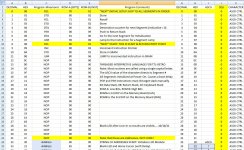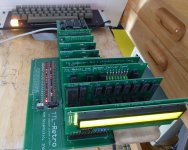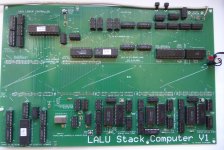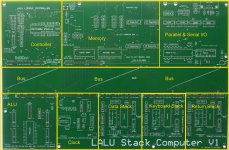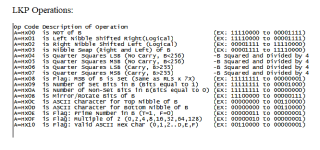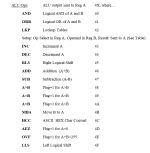mmruzek
Experienced Member
If you enjoy vintage computers you might want to consider getting into the homebrew building hobby. For about the past 2 years I have been building and coding a homebrew TTL Stack Computer called the TTL-Retro. I built the computer from scratch using TTL Integrated Circuits, and the computer does not use a CPU. The logical operations are done using a hard-wired controller made of logical IC's. The TTL-Retro operates at 1 MHZ and uses the 74F181 Arithmetic Logic Units with a 12-bit bus with pluggable cards and an Apple IIE ASCII keyboard with LCD module for display. One feature I am especially proud of is an Assembler based on EXCEL that runs substitution formulas on the instruction mnemonics to create the code for programming the ROMs. I wrote a Threaded Interpretive Language for the TTL-Retro, and I have to tell you it is alot of fun to be writing a language that is your own!
Here is a link to the project:
There is actually a forum for people doing this hobby! Here is a link:
One homebrew design I especially think is very well done is the Apollo computer. Here is a link:
 apollo181.wixsite.com
apollo181.wixsite.com
Finally, here is a collection of links to other people's homebrew projects. This site can be a real rabbit hole!
Thanks! Michael
Here is a link to the project:
There is actually a forum for people doing this hobby! Here is a link:
One homebrew design I especially think is very well done is the Apollo computer. Here is a link:
APOLLO181 HOMEMADE TTL 4-BIT CPU
APOLLO181 is a homemade didactic 4-bit RISC PROCESSOR about the 74181 ALU and made of discrete TTL logics and bipolar Memories
Finally, here is a collection of links to other people's homebrew projects. This site can be a real rabbit hole!
Thanks! Michael

